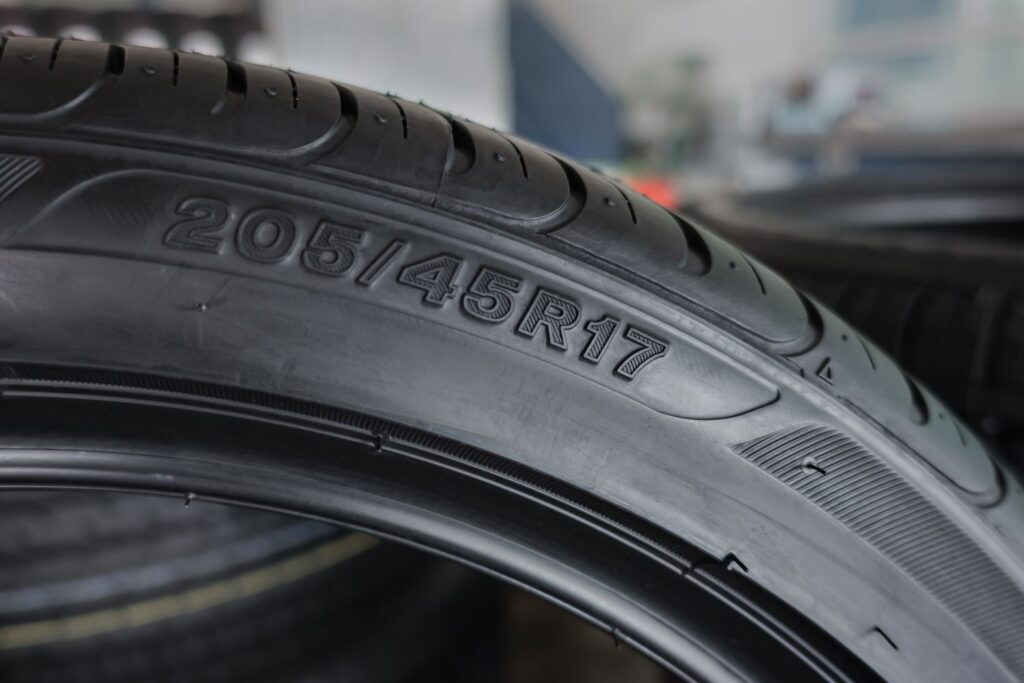The odometer is one of the basic gauges all vehicles possess, and you’ll often find a trip meter linked to it in some way. What exactly do they do and how do they work?
What Does the Odometer Do?
An odometer is in charge of measuring the distance your vehicle has traveled over the course of its lifetime. It displays this information on your dashboard. On older models, the odometer appears as a set of mechanical numbers. Newer vehicles have it as a digital display instead. Odometers may use either miles or kilometers depending on where the vehicle was manufactured and sold.
What Is the Difference Between the Odometer and the Trip Meter
Both measure the distance your vehicle has traveled. The main difference between the trip meter and odometer is that the odometer measures the total distance throughout your vehicle’s lifetime. The odometer cannot be easily reset, and it’s illegal to do so. The trip meter, meanwhile, measures the distance over a specific trip. A lot of vehicles even have a trip a and a trip b gauge. You can usually reset it easily by pushing a long, thin button near the trip meter. However, how to reset a trip meter may also depend on the model of your vehicle, so check your vehicle’s manual to be sure.
Both are very important dashboard displays. The trip meter can help you gauge how far you’ve traveled on a tank of gas, for example, which helps you figure out if your fuel economy is lower than usual. The odometer, meanwhile, is very useful when you’re buying or selling a used vehicle. It can tell you the total mileage of the vehicle, which helps you gauge how heavily it was used.

How Does a Trip Meter/Odometer Work?
Both the trip meter and the odometer work the same way. The trip meter’s count can be reset, but it still relies on the odometer’s system to function. They aren’t separate, and they’re also often linked to the speedometer. There are two main odometer types—mechanical and digital.
Mechanical
Mechanical odometers and trip meters may be old, but they are still pretty common. Vehicle manufacturers only started switching to digital readers in the early 2000s, meaning a lot of cars on the road are still using this system.
A mechanical odometer uses the same assembly as a mechanical speedometer. Using a small electric motor called a stepper motor, the mechanical odometer numbers can turn in relation to the miles traveled. The stepper motor relies on a series of pulsed voltages to gauge these miles. The system also makes use of a series of gears aligned to the diameter of the tires.
Digital
The more modern, digital odometers use magnetic sensors instead of electric motors and gears. Instead, these odometers record the rotations of the transmission output shaft using magnetic sensors. These rotations are recorded in the onboard computer, which translates it into distance and displays the information on the dash. Some vehicles use the abs wheel speed sensors to determine vehicle speed and odometer reading.
Digital odometers keep their readings even if the battery is disconnected. The vehicle stores the data permanently using what’s called a Programmable Read-Only Memory (PROM) chip. This chip keeps itself updated by overwriting old readings with new ones, and it doesn’t require a battery.

How Accurate Is a Trip Meter/Odometer?
Properly calibrated trip meters and odometers are pretty accurate. At worst, the actual physical distance traveled might be off by a few miles. However, there are a couple of things that can mess with an odometer’s accuracy:
Tire Size
Odometers, trip meters, and speedometers all rely heavily on tire size to make their calculations. If you replace your vehicle’s tires with ones that are bigger or smaller than the originals, it may result in these calculations being off. The discrepancy will depend on how drastic the size difference is. Regardless of tire size or modifications, you cannot adjust the odometer. As stated earlier, it is illegal to tamper with the odometer of a vehicle for any reason.
Odometer Replacement
When your odometer and trip meter are not working, you’re allowed to have it fixed. However, whether you use a brand new or used odometer as a replacement, the reading on the replacement part will not be exactly like your old one out of the box. Different states have varying laws concerning how you should proceed, but the main idea is that you’ll need to disclose the vehicle’s true mileage to any future buyer. Failing to do so is a federal offense.
For certain digital odometers, authorized facilities can transfer old mileages onto new odometers before they’re used as replacements.

How To Tell if an Odometer Has Been Tampered With
Even with the laws in place forbidding odometer fraud, there will be a few outliers who’ll attempt to sell their used vehicle with an undisclosed inaccurate odometer reading. One easy thing you can check yourself is the repair sticker
Any repairman worth their salt will follow state laws and place a repair sticker when they replace the odometer with a brand new one with a reset counter. This sticker will include the mileage of the original odometer as well as the date of the replacement or repair. You can find this sticker on the left door frame of the vehicle.
Another way to check true mileage is to look at CARFAX or other reporting agencies. If the vehicle has had repairs done to it or any other services that are reported, then the mileage of the vehicle will also be recorded. Check the mileage and make sure it is not more then current mileage on the vehicle.
Another way to check true mileage is to look at CARFAX or other reporting agencies. If the vehicle has had repairs done to it or any services that are reported, then the mileage of the vehicle will also be recorded.
–Anthony Harlin, ASE Certified Master Automobile Technician
If you live in a state where emissions testing is mandatory, then the mileage will be recorded every time the testing is done. In California, this occurs every two years, so you will be able to quickly spot discrepancies. For instance, if the vehicle’s last test shows that it had 80,000 miles on the odometer but the vehicle’s odometer shows 60,000 now, then it has been tampered with and is inaccurate.
That being said, we always recommend you bring a licensed mechanic with you before buying a secondhand vehicle. They’ll be more aware of what to look out for, such as broken seals around the odometer cables and signs of damage to other parts of the vehicle. After all, odometer mileage is only one part of a vehicle’s journey. 60,000 miles over five years might seem good on paper, but you can’t always tell right away if it’s been a smooth ride throughout.
Any information provided on this Website is for informational purposes only and is not intended to replace consultation with a professional mechanic. The accuracy and timeliness of the information may change from the time of publication.
































